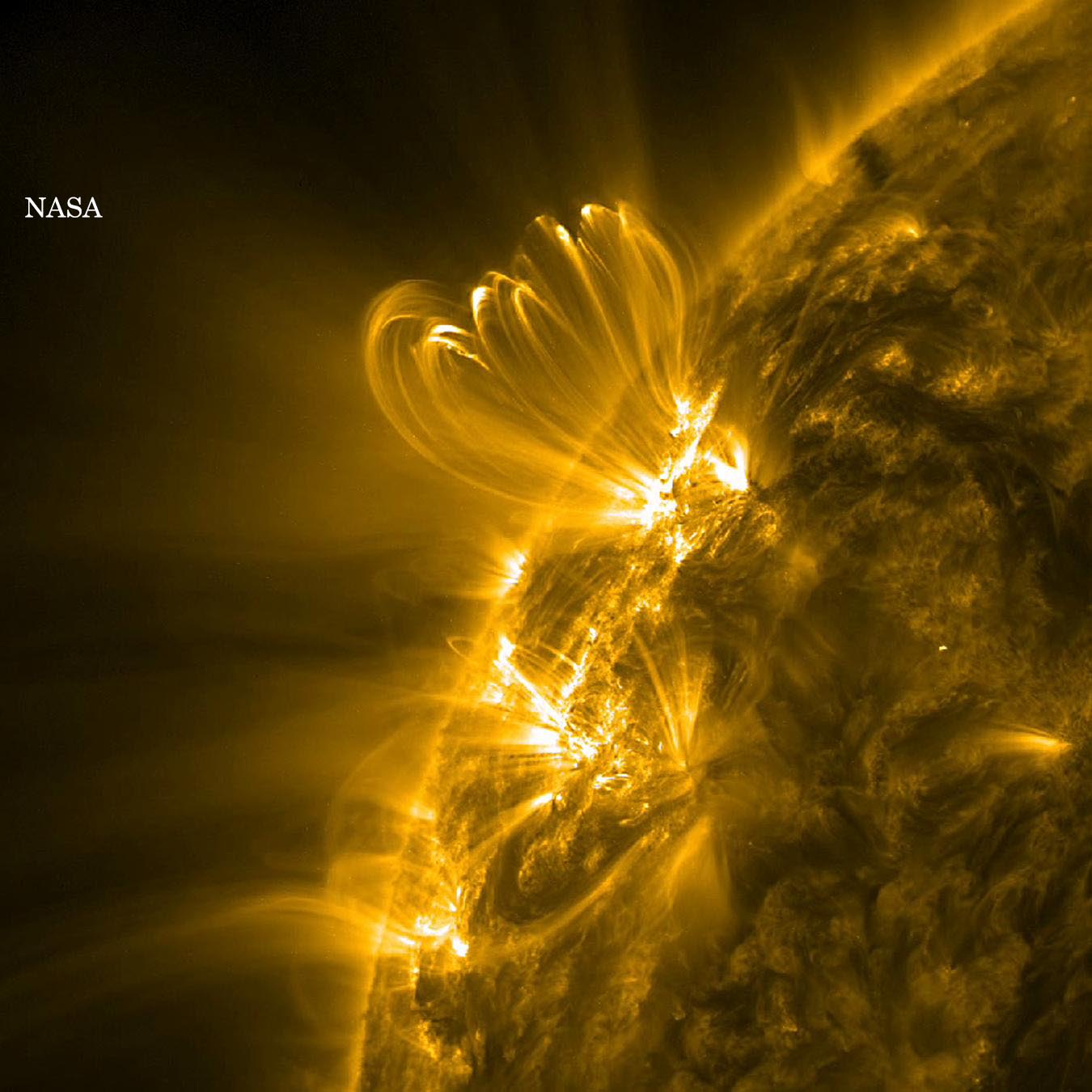
Ultraviolet (UV) radiation from the sun both affects and is affected by global climate change, and anything that that affects sunlight, affects UV. Decreased stratospheric ozone allows more harmful UVB (a higher-frequency, more damaging type of UV) to reach the Earth’s surface and cause DNA damage in plants and animals. Increases in cloud cover, pollution, dust, smoke from wildfires and other airborne and waterborne particles related to climate change decreases UV light penetration. While UV radiation contributes to sunburns and cancer, it’s also responsible for Vitamin D synthesis required for bone health and disease prevention in humans. Therefore understanding what factors affect, or are affected by, changes in UV radiation is important for human health, as well as ecosystem function. Ultraviolet radiation affects many processes connected with the carbon cycle. It inhibits photosynthesis in plants and algae, particularly phytoplankton which produce roughly half of the oxygen in the atmosphere. Ultraviolet radiation has both positive and negative effects on nutrient cycling and decomposition. On the positive side, UV degrades colored dissolved organic matter (CDOM), making these compounds more available for nutrient-cycling bacteria, and “cleans” water, making light more available to aquatic photosynthetic organisms. However, UV can slow growth and potentially kill nutrient cycling bacteria. The balance between “cleaning” and “killing” depends on water depth and clarity. Tidal wetlands are sources of CDOM to estuarine and coastal waters, and thus have a major role in the UV transparency and carbon budgets of these ecosystems. Understanding the water and carbon exchange between tidal wetlands and estuaries helps us understand how UV might affect these ecosystems, and sheds light on how we manage natural resources and carbon budgets in the context of climate change.

Ultraviolet Radiation (UV) - Environment Alaska
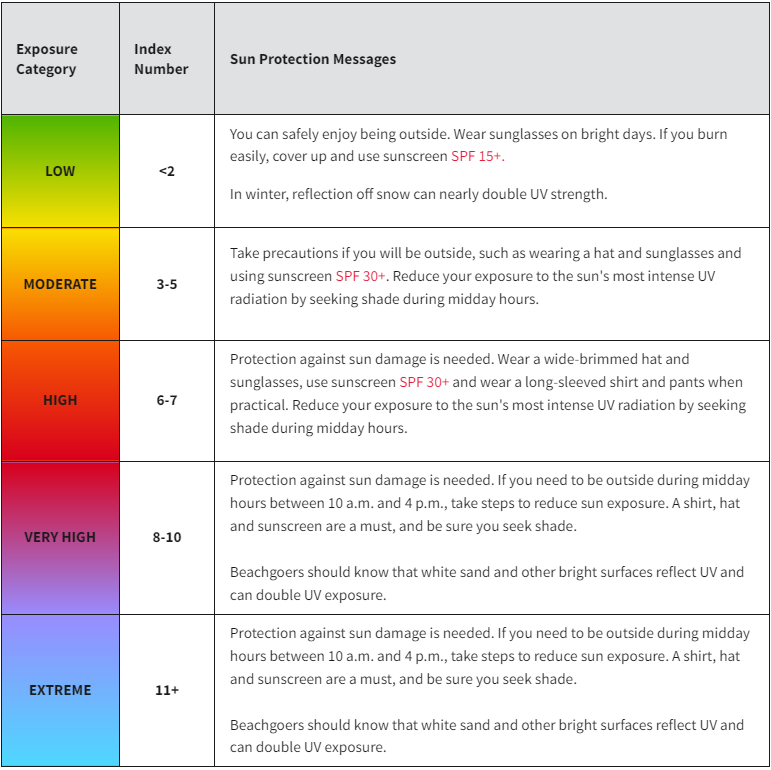
UV Index Description

Observed (pre-2010) and projected changes in annual mean erythemal
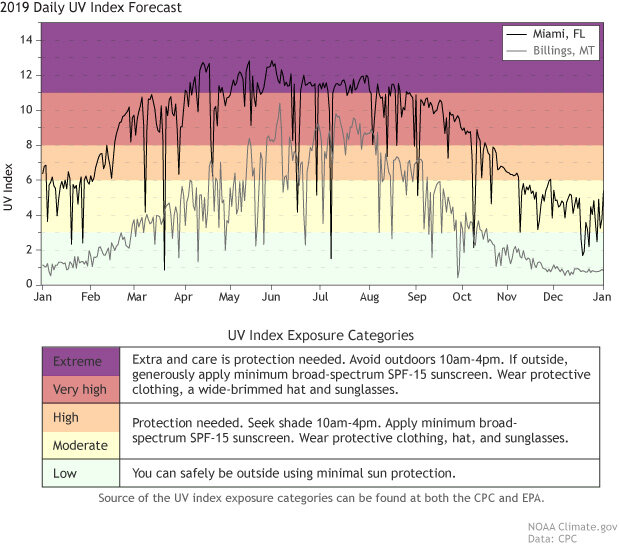
Ultraviolet (UV) radiation: Don't feel the burn, avoid it!
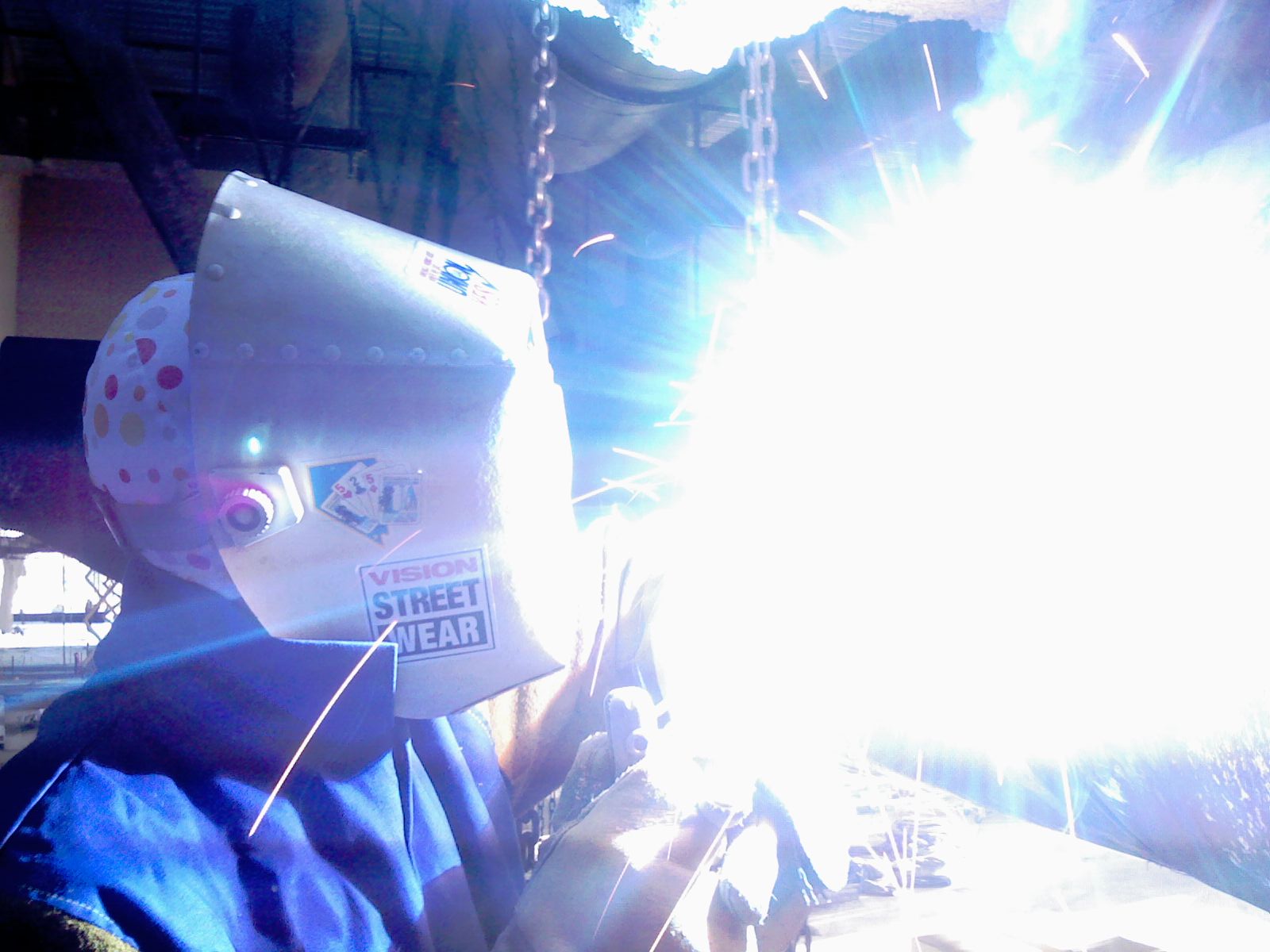
Ultraviolet - Wikipedia

How to Stay Safe From UV Radiation [Infographic]
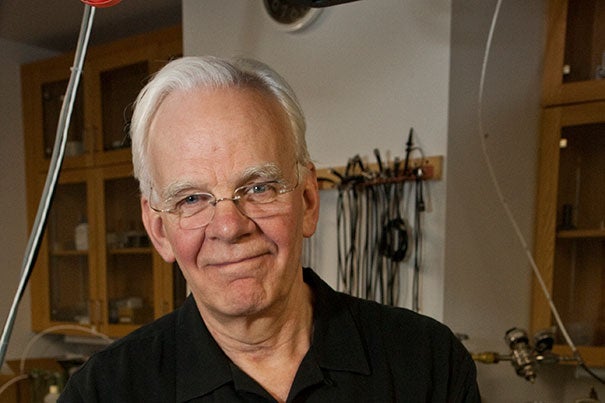
Concerns about climate change, health — Harvard Gazette

Ozone layer and ultra-violet radiation

Explain- Why are tobacco,alcohol and ultraviolet radiation listed as carcinogens in the table?
Trends in Emissions of Ozone-Depleting Substances, Ozone Layer Recovery, and Implications for Ultraviolet Radiation Exposure - UNT Digital Library

What Percent of UV Does the Ozone Absorb?

Russell Effect, Not Ultraviolet Light, Responsible for Changes Produced in the Photographic Plate by Antirachitic Substances
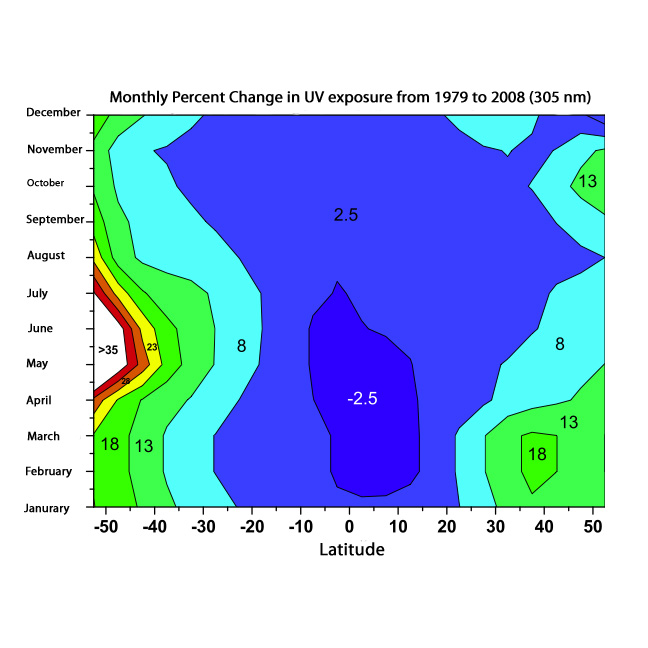
UV exposure has increased over the last 30 years, but stabilized since the mid-1990s (w/ Video)
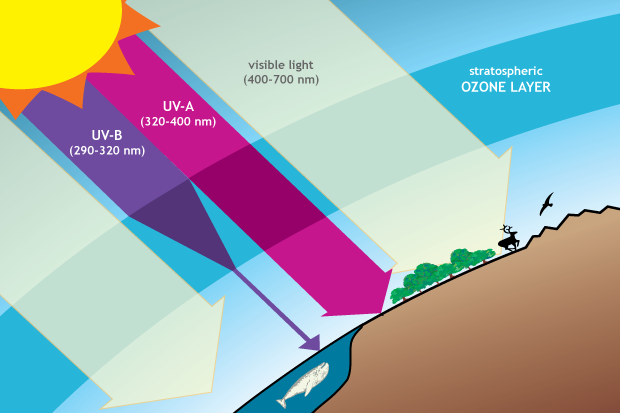
Ultraviolet (UV) radiation: Don't feel the burn, avoid it!